These 10 Photos Show What The US Looked Like Before The EPA
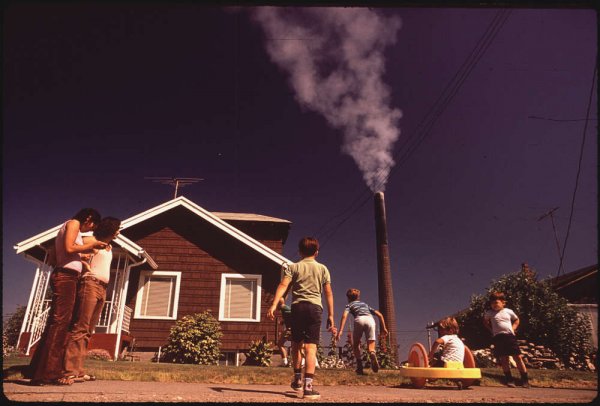
By Amanda Froelich Truth Theory
In February of this year, H. R. 861 was introduced to Congress. Its purpose? To effectively terminate the Environmental Protection Agency (EPA) by the end of 2018. Founded in 1970, the EPA exists to protect both human health and the environment. Because the Trump administration is a supporter of fossil fuels, seeks to phase out investments in renewable energy and maintains the belief that climate change is a “hoax” invented by the Chinese, however, the EPA’s new administrator has been working tirelessly to undo protections which have been in place for decades — all under the guise of federal overreach and economic harms.
While the EPA is not without its flaws, disassembling the entire agency would be disastrous to the environment, as well as people and wildlife’s health. The science is clear: humanity’s reliance on fossil fuels, which are increasing carbon emissions and propelling the greenhouse gas effect, is altering the ecosystem. Warming temperatures are causing glaciers to melt, which in turn is causing sea levels to rise. Entire species are dying because they can no longer thrive in their natural environment (polar bears, for instance) and yet, many consumers continue to use plastic and discard reusable items with haste. If the EPA were to be dismantled, who knows how much worse it would get…
Fortunately, we have a semblance of an idea, thanks to photographs which were snapped before President Nixon founded the agency. As IFLScience reports, a photographic project was commissioned to document the environmental destruction which was rampant across the US. The goal was to illustrate how essential the core mission of the EPA was, is, and will be for decades to come. Considering President Trump withdrew the US from the Paris Climate Agreement and the EPA is in imminent danger of being eradicated, the messages conveyed through the images couldn’t be more timely.
Following are 10 of the most compelling photographs that have been digitized by the US National Archives. Hopefully, they remind climate change deniers that we — as a species — have limited time to adopt sustainable habits, divest from fossil fuels, and start caring about the environment.
1) The George Washington Bridge, seen here in heavy smog (May 1973)
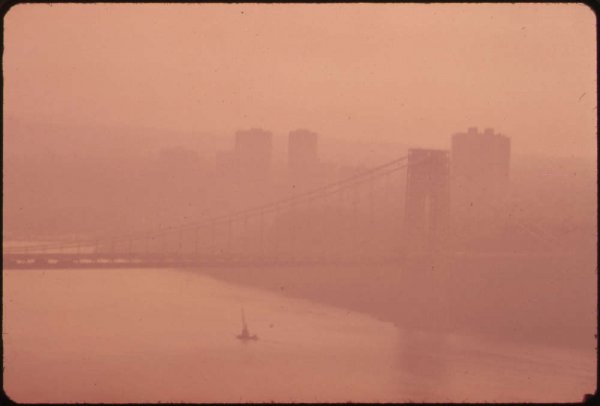
The EPA’s Clean Air Act, which first came about during the earliest days of the EPA, has helped to tackle smog, as well as air pollution, ozone layer destruction, acid rain, and toxic particulate emissions.
2) Burning discarded automobile batteries (May 1972)
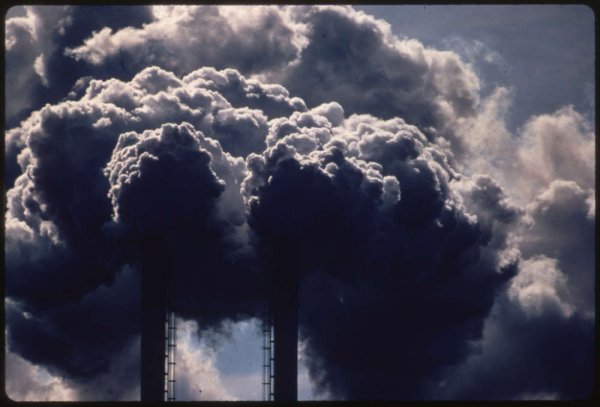
Burning tires is an outdated practice that can be directly linked to the premature deaths of those living nearby, usually through cardiovascular or respiratory conditions.
3) Undrinkable water caused by coal mining (October 1973)

A primary objective of the EPA was to ensure that every American has access to clean drinking water. As the disaster in Flint, Michigan, reveals, it is still a long way from accomplishing this.
4) The Atlas Chemical Company spreads smoke across pasture land (June 1972)
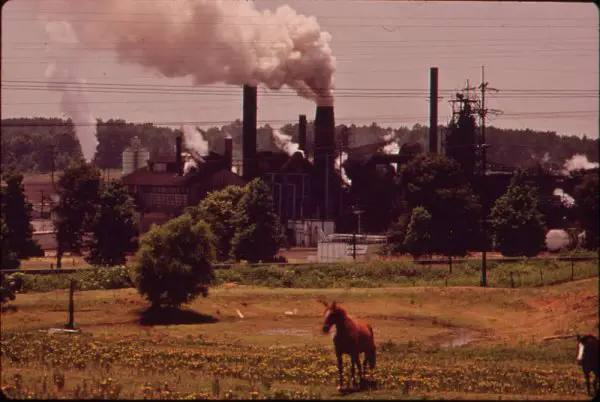
Though this type of proximity can be witnessed today, stricter pollution limits are now in place.
5) Illegal dumping off the New Jersey Turnpike, across from Manhattan (March 1973)
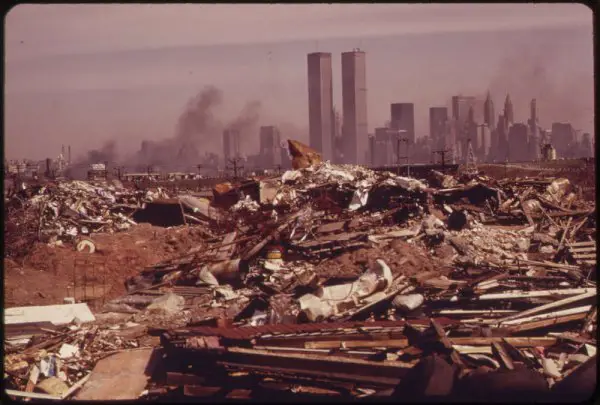
Thanks to the EPA, such behavior is now prosecuted much more harshly today.
6) The Georgetown Gap, where raw sewage flowed straight into the Potomac (April 1973)

Fortunately, this type of sewage dumping method is now prohibited.
7) Children play near a smokestack (August 1972)
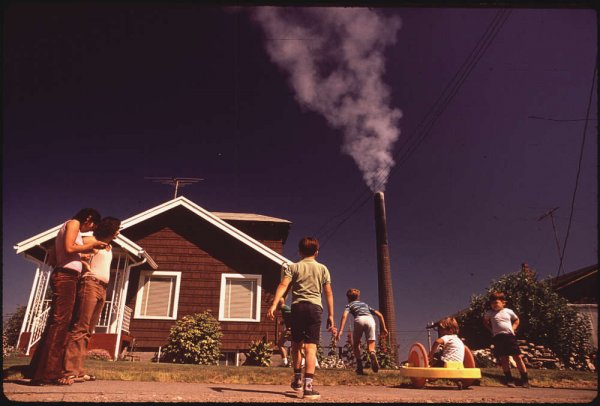
Levels of arsenic and lead found in these smokestacks are now illegal today, as they would almost certainly have cut the lives of those featured in the photos short by several years.
8) Trash builds up on the shore of Baltimore Harbor (January 1973)
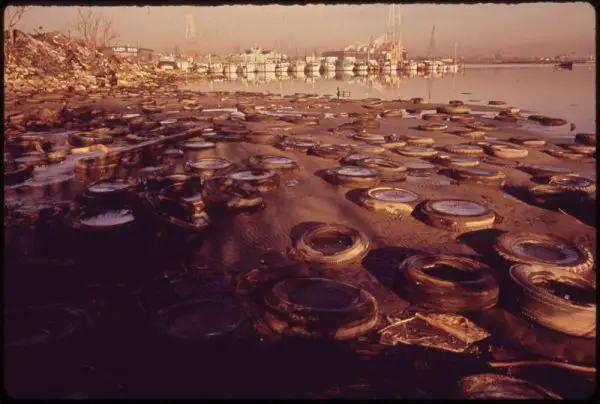
Once again, the EPA can be thanked for slights such as these occurring rarely.
9) The Clark Avenue Bridge in Cleveland (July 1973)
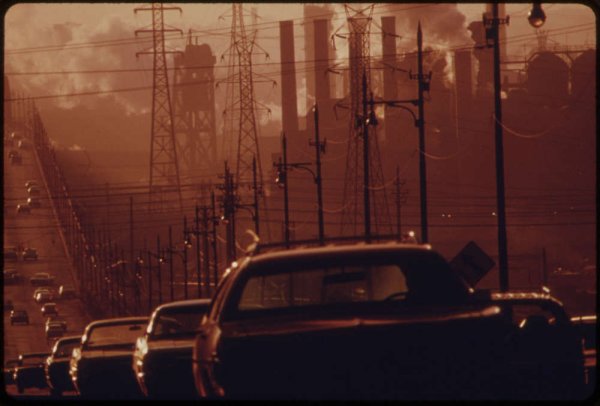
Smog once obscured the view.
10) Fight For Your World (June 1972)

Portrait
h/t IFLScience
Images via US National Archives
Leave Comment: